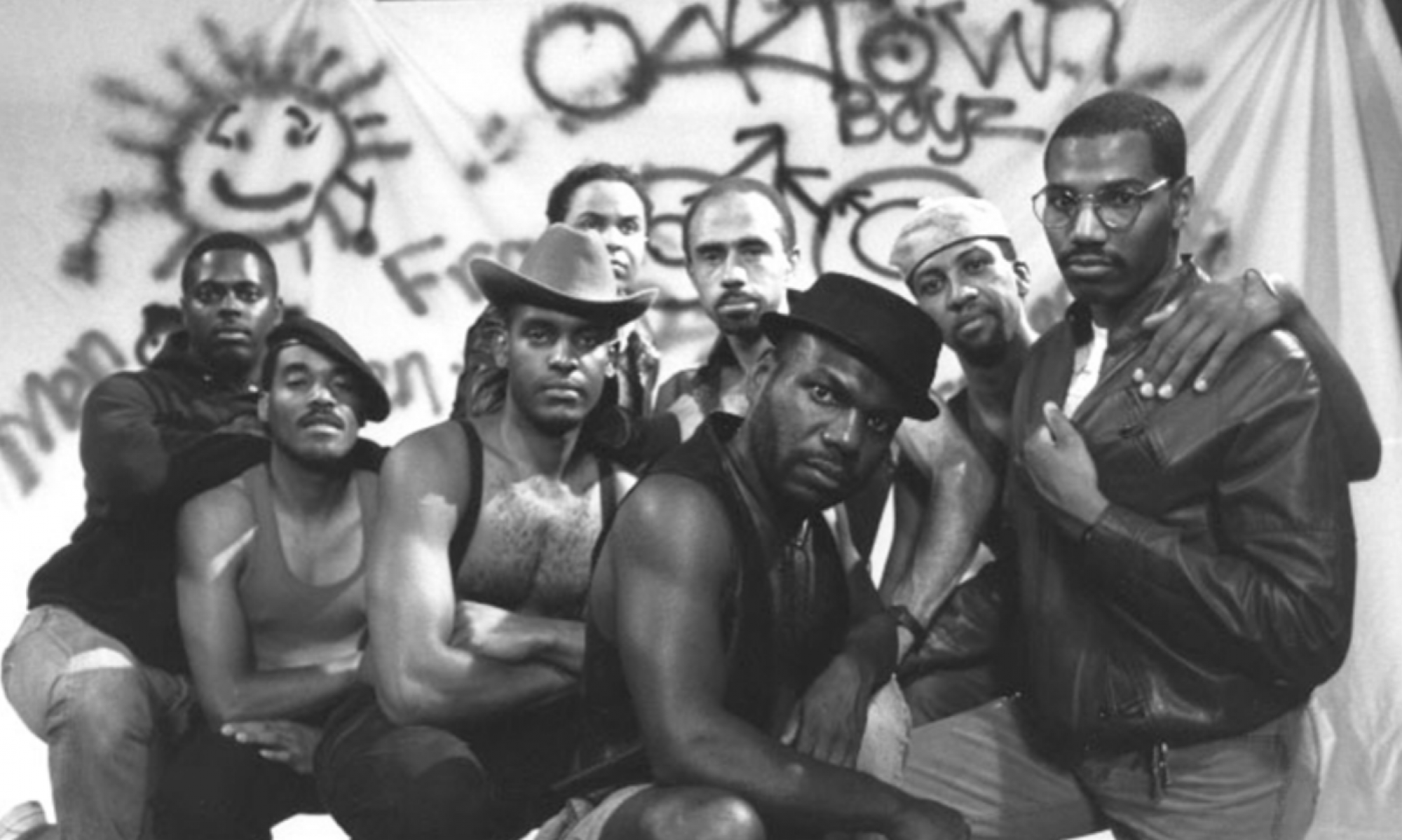the Disney Princess Archetype:
Thesis Statement:
By examining the evolution of the Disney Princess, a discernable pattern is illuminated that ultimately presents the creation of Disney Princesses as a fluid and flexible process that responds to the demands of their buyers and thus consumer culture. In this manner, this project will explore the balancing act that is the formation of a Disney Princess in order to make the claim that Disney has embarked on a profit driven trajectory with the ultimate goal of creating a new Disney Princess that garners as much notoriety and success as the princesses in Disney’s golden-goose, Frozen.
The Evolution of the Disney Princess:

file://localhost/Users/LindseyKelleher/Zotero/storage/VQM9BHH7/projects-and-publications.html
Examining This Evolution:
In 2000 after attending a Disney on Ice performance full of homemade princess costumes, Andy Mooney and the rest of the Disney consumer-products division made the revolutionary decision to market the company’s Princesses and all of their princess accoutrements as a single entity.


The Explosion of the Disney Princess Conglomerate:
“in 2015, it was estimated that there were over 40, 000 ‘princess products’ being sold worldwide for a profit of $2.64 billion in product sales”
Researchers Examine the Effects of this Explosion:
“In a misogynistic culture, it’s never too early to drill into the minds of girls that what really matters is their appearance and their ability to please men sexually,” which many parents argued was a notion only reinforced by the superficial and male-centric Disney Princess narratives.
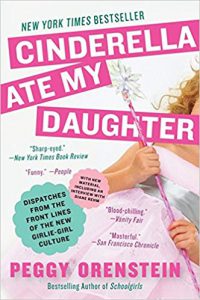

https://www.nytimes.com/2006/10/21/opinion/girl-interrupted-again-605328.html
Disney Responds:


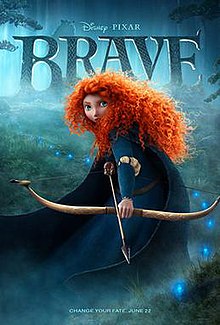
To No Avail….
“In 2009, Disney released “The Princess and the Frog,” its first animated princess movie in more than a decade, starring Tiana, the company’s first African-American heroine. It grossed a disappointing $104 million at the box office. It remains the company’s lowest-grossing princess movie.”
http://Her Prince Has Come. Critics, Too.
Disney Responds…AGAIN

AND STRIKES GOLD
“Frozen-Mania: How Elsa, Anna and Olaf Conquered the World”
Princesses, However, Are Still Found To Be Problematic…
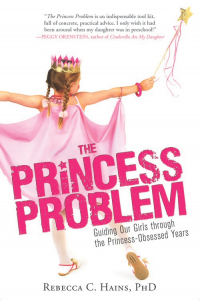
Coyne et al. – 2016 – Pretty as a Princess Longitudinal Effects of Enga
http://time.com/4378119/disney-princess-effect-on-girls/
Disney Creates New Non-Princess Era:
“’The Princess franchise has to evolve,’” says Josh Silverman, executive vice president for global licensing at Disney Consumer Products, the division that handles all the brand licenses. “’The focus will be on empowered heroines.’”
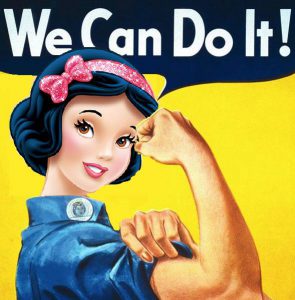

The Death of the Disney Princess:
Hine et al. – 2018 – From the Sleeping Princess to the World-Saving Dau
“’If I were to make the movies you guys wanted me to make about princesses, I would be murdered,’” [John] Lasseter once told a group raising concerns about the character Merida’s cynical attitude in “Brave,” according to a former colleague. He said, ‘I couldn’t make the movies Walt Disney made today.’”
Where Does Disney Go From Here?
1)Live-Action Remakes

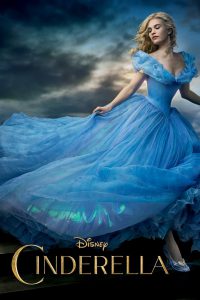
2) Reimagining the Original Disney Princesses

Will this ever end? (My View)
Although Disney has clearly struggled to both create and emulate the success of Frozen and its two, princess protagonists, the Disney Princess conglomerate is still a wildly profitable enterprise with seemingly endless marketing and brand potential, which suggests that Disney will never stop trying to recreate the perfect princesses that were Anna and Elsa of Disney’s Frozen.
